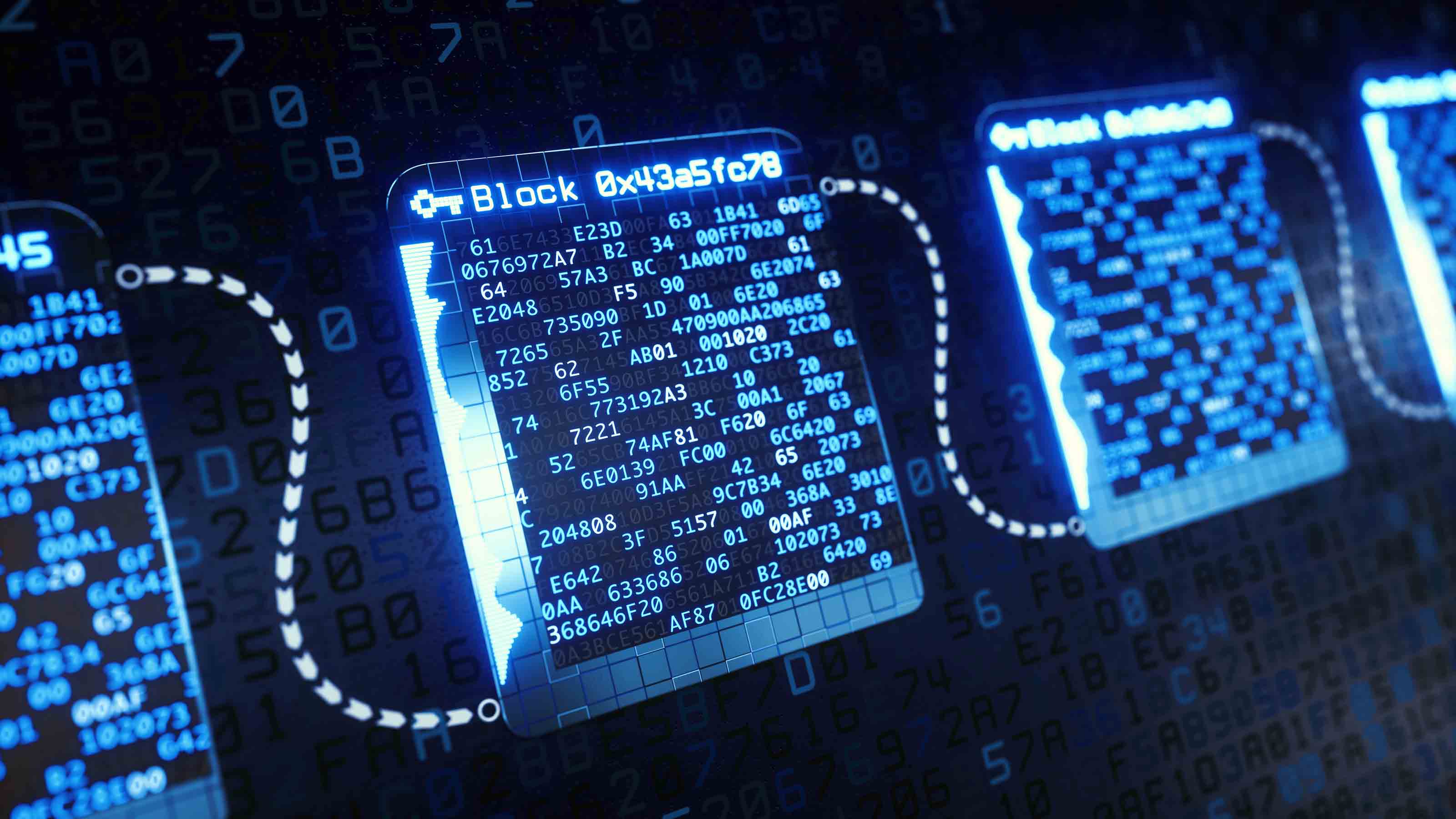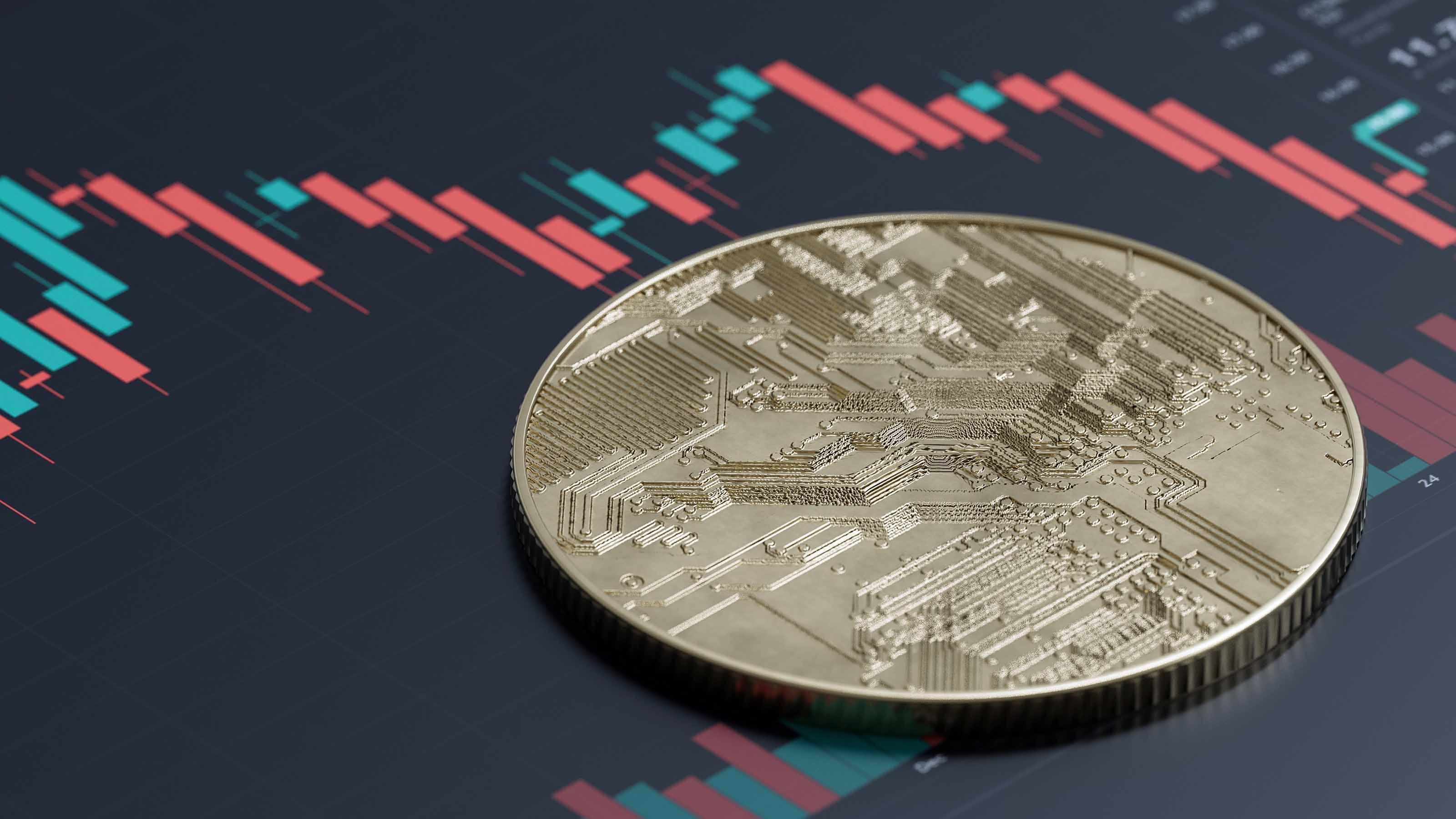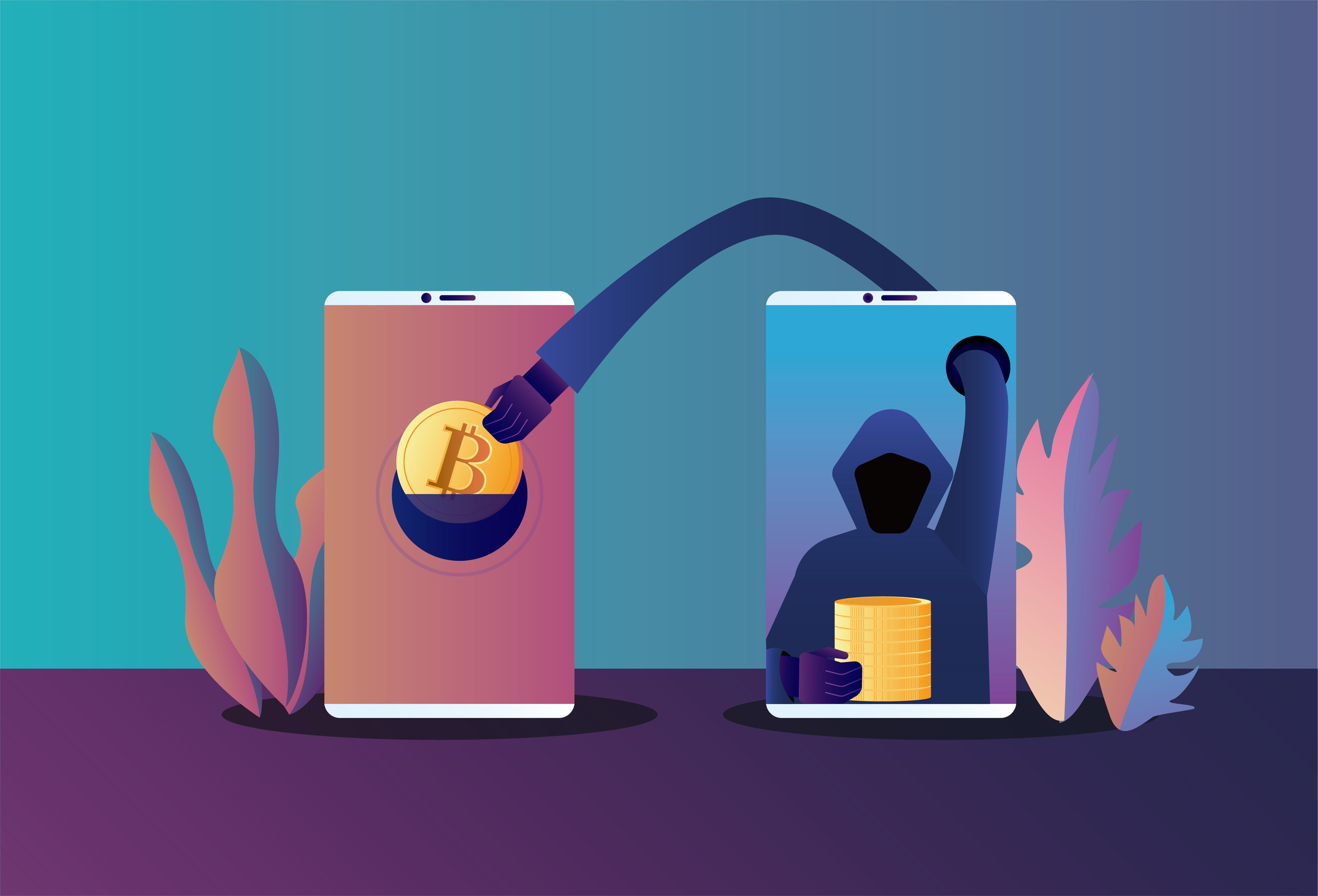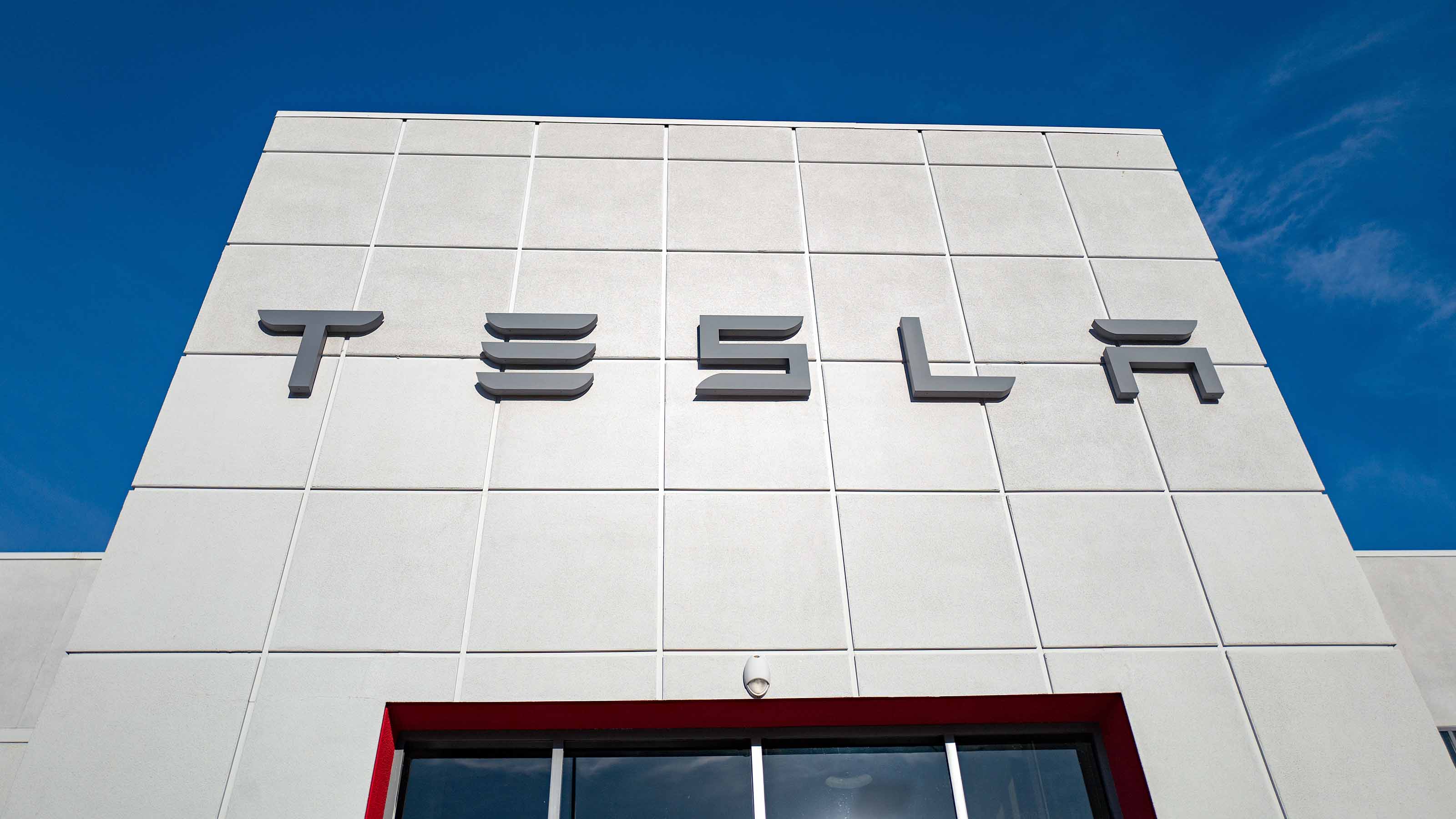Stablecoins: Definition and How They Work
We break down the different types of this emerging investment and explain its risks.


Over the last few years, through surging market highs and painful downturns, stablecoins have become an integral part of both the DeFi and broader cryptocurrency ecosystems. With a total market cap of over $150 billion, stablecoins have drawn crypto novices and experienced investors alike, enthralled by their compelling value proposition: the stability of a traditional low-risk asset with the flexibility of a digital currency. But with the recent crash of the once-revered Terra ecosystem, stablecoins have found themselves under heavy scrutiny, with many investors looking for answers regarding their safety and utility.
What Is a Stablecoin?
A stablecoin is a type of cryptocurrency whose value is pegged to an external, generally stable, asset class such as a fiat currency or gold. Given the wild volatility of most cryptocurrencies like Bitcoin and Ether, stablecoins offer a less risky alternative to store money on the blockchain and facilitate payments between individuals and institutions alike.
To maintain this price peg, stablecoins often set up a reserve of a single asset or basket of assets responsible for backing the stablecoin. For example, the reserve of a fiat-backed stablecoin like USDC may contain $1 million in U.S. dollars to serve as collateral for a million USDC. The stablecoin and reserve move in unison, so when a stablecoin holder chooses to cash out their tokens, an equal amount of the backing fiat asset is taken from the reserve and sent to the user’s bank account.

Sign up for Kiplinger’s Free E-Newsletters
Profit and prosper with the best of expert advice on investing, taxes, retirement, personal finance and more - straight to your e-mail.
Profit and prosper with the best of expert advice - straight to your e-mail.
Relative to fiat currency, stablecoins come with a handful of benefits:
Accessibility: Stablecoins are globally accessible to anyone with an internet connection and are functional 24/7. Unlike central banks, the crypto market, and by extension the stablecoin market, never close.
Speed and cost: Stablecoins are fast and cheap to use. International payments can be sent within seconds and seven-figure transactions cost no more than a dollar to execute.
Programmable: Through the use of smart contracts, stablecoin transactions can be automatically executed within specific parameters.
In addition to individual and business payments, stablecoins can be used for trading, borrowing and lending, earning yield, as alternatives to banking, for sending remittances, as stores of value, and more.
Types of Stablecoins
Fiat-Collateralized
The most popular, and generally most secure, stablecoins are backed 1:1 by fiat currency like the USD, euro or British pound. As mentioned in the USDC example above, each fiat-backed stablecoin has a reserve with an equal amount of fiat collateral held by a central bank or regulated financial institution. Many popular exchanges like Coinbase and Gemini offer their own fiat-backed stablecoin products.
Fiat-backed stablecoins include:
- USDC (Coinbase)
- Tether
- GUSD (Gemini)
- BUSD (Binance)
Crypto-Collateralized
As the name suggests, crypto-collateralized stablecoins are backed by cryptocurrencies (usually ETH), rather than fiat currencies. Instead of relying on a central issuer to store the reserve, crypto-backed stables use smart contracts to secure assets as collateral. To account for the unpredictable volatility of the cryptocurrency market, many decentralized crypto-backed stablecoins like MakerDAO’s DAI token are over-collateralized, with most requiring a 200% collateralized ratio. This means that for every $100 of DAI you wish to borrow, you must back it with $200 worth of ETH. This allows ETH to maintain its peg even during times of intense market volatility.
To purchase DAI, users may use any major exchange, like Coinbase and Gemini.
But to borrow DAI, users must lock cryptocurrency into a smart contract called a collateralized debt protocol (CDP) via the MakerDAO ecosystem. Once a user locks cryptocurrency into the CDP, they will then receive an equally representative amount of DAI. When it’s time to withdraw the original collateral amount, the user must put the initial amount of DAI, plus interest, back into the smart contract.
Algorithmic
Rather than being backed by cryptocurrency, algorithmic stablecoins use specialized algorithms and smart contracts to control token supply. It’s important to note that algorithmic stablecoins have no reserves at all. Instead, these algorithms link two coins (a stablecoin and a cryptocurrency that backs it) and adjust their price depending on the tenets of supply and demand. If the market price of the stablecoin falls below the price of the fiat currency it tracks, token supply is reduced. If the price of the stablecoin rises above the price of its pegged fiat currency, the algorithm increases token supply to put downward pressure on the stablecoin value.
As indicated by the groundbreaking crash of algorithmic stablecoin Terra, algorithmic stablecoins need sufficient demand to maintain value. And while the idea of algorithmic stablecoins has merit, there is still a lot to figure out here, so proceed with caution.
Commodity-Backed
Commodity-backed stablecoins are backed by reserves of physical assets like precious metals, oil and real estate. It’s important to note that while commodities markets may not be as volatile as cryptocurrencies, commodity-backed stablecoins are still riskier than fiat-backed stablecoins. That being said, they do provide the potential for great yield. While not particularly popular among the general cryptocurrency population, most commodity-backed stablecoins are used as a way to access asset classes that were previously inaccessible to small investors.
Examples of gold-backed stablecoins include Tether Gold (XAUT) and PAX Gold (PAXG).
Risks and Drawbacks of Stablecoins
Once thought to be fool-proof digital equivalents, the last 12 months have highlighted a handful of major drawbacks to stablecoins. It’s important to note that while stablecoins are considered low-risk relative to other digital assets, this does not mean they are no-risk.
Security: Unlike traditional bank accounts, digital wallets – and digital currencies for that matter – are not FDIC-insured. If your hot or cold wallet gets hacked, lost or stolen, your funds disappear with it.
Counterparty risk: Given recent developments with Celsius, BlockFi, and even Coinbase, there is ample counterparty risk in where you purchase and transact with your stablecoins. Make sure you do your research on any third parties responsible for storing your cryptocurrency.
Reserve risk: Does the entity behind the stablecoin actually have the collateralized assets and reserves to back the stablecoin? Even a token like Tether, which is considered among the most trustworthy, has raised concern about the legitimacy of its reserves.
Technical risk: This is specifically important for algorithmic stablecoins, which do not have actual cash reserves behind them. As we saw with the Terra fiasco, stablecoins may not be as stable as they appear. Algorithms aren’t perfect, and with the newness of the space, very few have been battle-tested during downturns or periods of low demand.
Bottom Line
Despite the recent downturn in the markets, stablecoins are still a promising, relatively low-risk and legitimate way to gain cryptocurrency exposure. But as with all investments, it’s more important than ever to do your own research when deciding which coins to invest in and where to store them. For safety purposes, it’s best to stick with fiat-backed stablecoins associated with major exchanges, as they provide the most insight into their reserves and come with the least counterparty risk.
Get Kiplinger Today newsletter — free
Profit and prosper with the best of Kiplinger's advice on investing, taxes, retirement, personal finance and much more. Delivered daily. Enter your email in the box and click Sign Me Up.

Randy is a New York-based freelance writer and author covering the world of emerging technology and entrepreneurship. Deeply interested in the way technology will impact his grandkids' lives, Randy has been featured in several publications, including NFT Now, Forbes and Newsweek.
-
 Stock Market Today: Stocks Struggle Amid Tariff Uncertainty
Stock Market Today: Stocks Struggle Amid Tariff UncertaintyBoeing dropped after China suspended new aircraft orders, while Bank of America and Citi climbed on earnings beats.
By Karee Venema
-
 Starbucks 2025 Dress Code Changes: See the New Look
Starbucks 2025 Dress Code Changes: See the New LookThe 2025 Starbucks dress code change features a uniformed look as part of creating a more familiar and friendly cafe experience.
By Sean Jackson
-
 Best Banks for High-Net-Worth Clients
Best Banks for High-Net-Worth Clientswealth management These banks welcome customers who keep high balances in deposit and investment accounts, showering them with fee breaks and access to financial-planning services.
By Lisa Gerstner
-
 Silvergate Stock Sinks on Liquidation News
Silvergate Stock Sinks on Liquidation NewsSilvergate Capital stock is spiraling after the financial firm said it's shutting down operations at its crypto-friendly subsidiary.
By Karee Venema
-
 Crypto Hackers Stole a Record $3.8 Billion in 2022. Don't Be Next.
Crypto Hackers Stole a Record $3.8 Billion in 2022. Don't Be Next.Cybercriminals stole a historic amount of crypto last year — a growing trend that puts every cryptocurrency investor at risk. The biggest hacks and how to protect yourself.
By Ben Demers
-
 Stock Market Today: Nasdaq Pops as Tesla, Coinbase Stocks Soar
Stock Market Today: Nasdaq Pops as Tesla, Coinbase Stocks SoarBed Bath & Beyond was another big winner on Monday, despite last week's bankruptcy warning.
By Karee Venema
-
 How Parents Can Explain to Kids How NFTs Work
How Parents Can Explain to Kids How NFTs WorkNFTs and cryptocurrencies are part of the new digital world that’s here to stay, so parents and their children should learn the ins and outs.
By Neale Godfrey, Financial Literacy Expert
-
 Stock Market Holidays in 2025: NYSE, NASDAQ and Wall Street Holidays
Stock Market Holidays in 2025: NYSE, NASDAQ and Wall Street HolidaysMarkets When are the stock market holidays? Here, we look at which days the NYSE, Nasdaq and bond markets are off in 2025.
By Kyle Woodley
-
 Stock Market Trading Hours: What Time Is the Stock Market Open Today?
Stock Market Trading Hours: What Time Is the Stock Market Open Today?Markets When does the market open? While the stock market does have regular hours, trading doesn't necessarily stop when the major exchanges close.
By Michael DeSenne
-
 Bogleheads Stay the Course
Bogleheads Stay the CourseBears and market volatility don’t scare these die-hard Vanguard investors.
By Kim Clark